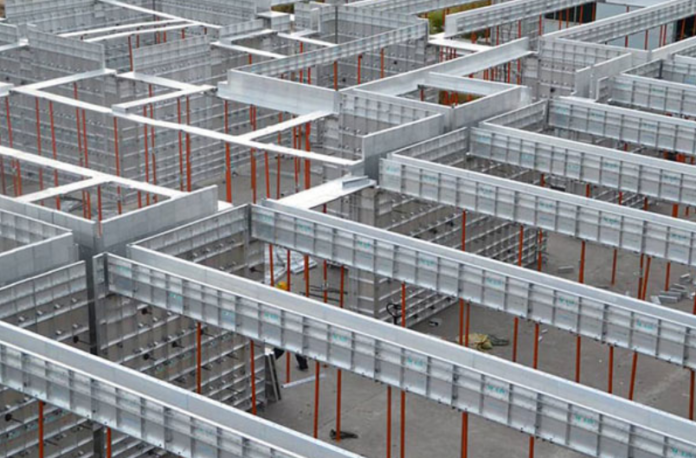A privately held company, Formwork Supplies employs 50 men and women with combined expertise of more than 200 years in the supply and rental of concrete accessories, concrete shoring, and formwork services.
Accessories, shoring, and concrete forming
The Cassaform, as its name suggests, is focused on providing the construction industry with equipment rentals and support for the efficient use of engineered concrete forming and shoring systems. Researchers have worked hard to study the optimum applications and uses of ALL forming and shoring technologies, in contrast to most national organizations that only handle their brand name. In addition to representing this extensive array of well-known form equipment, the equipment yard also has over $30,000,000 in rental equipment stock available.
Materials for Formwork vary
Below, various formwork materials are reviewed along with their benefits and drawbacks.
- Timber
- Plywood
- Steel
- Aluminum
- Plastics
- Magnesium
- Fabric
Using Timber for Formwork
The most typical material for formwork is wood. Since ancient times, bracing members have been made of timber, such as logs and lumber. As a result, conventional formwork is another name for timber formwork. It is the most cost-effective material for formwork. The method of building a timber framework is well known to the workers because this has been used on construction sites as formwork material for a lot of years.
Using plywood for formwork
For formworks, plywood, a produced timber product, is also employed. It is made up of various veneer sheets or plies stacked in layers. Nowadays, plywood formwork is more frequently used, particularly for facing panels. The rationale is that, in contrast to conventional lumber formwork, plywood formwork offers a smooth surface. Therefore, using plywood may lower finishing costs. Exterior plywood, an unique kind of plywood, is used for formwork. To make the external plywood waterproof, the veneer sheets are attached using a powerful glue.
Making Forms using Plastic
Another kind of formwork material utilized for small concrete structures or intricate parts of the building is plastic. It is lightweight and has a long lifespan. Glass-reinforced polymers (GRP) and vacuum-formed plastics are employed for intricate concrete constructions.
Use of Magnesium in Formwork
Another metal element used for formwork is magnesium. Magnesium is not used directly for formwork; instead, it is combined with oxygen atoms to create magnesium oxide, often known as magnesia or MgO. Because of their numerous uses, magnesium oxide boards, often known as MgO boards, are well known in various nations. MgO boards are offered in the necessary sizes and grades.
Conclusion:- The most recent technology in the construction industry is fabric formwork. Fabric is a more well-known formwork for architectural applications since it can be moulded into any necessary shape. Due to its robustness and lightweight, it is becoming more and more popular. Fewer connections and support are needed. Although it is quite expensive, it can be used more frequently than other options. They give the concrete surfaces a fantastic polish. Steel from the workplace is incredibly strong and secure for large-scale structures like dams, bridges, etc.
































